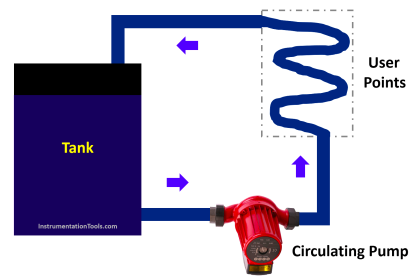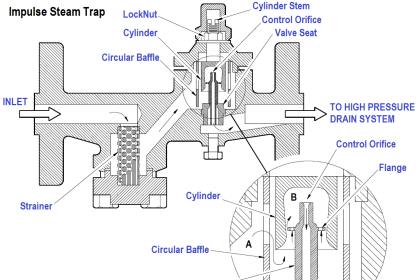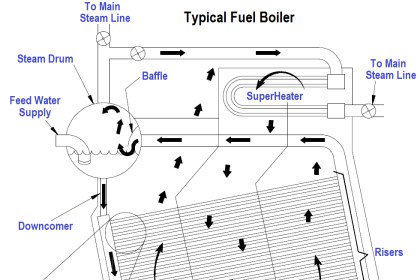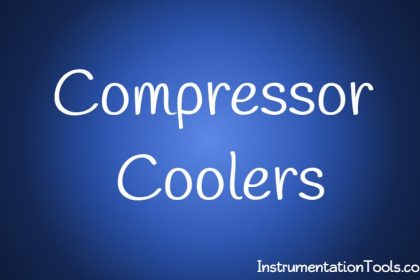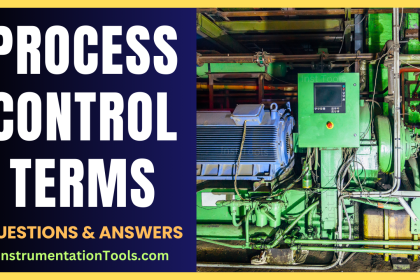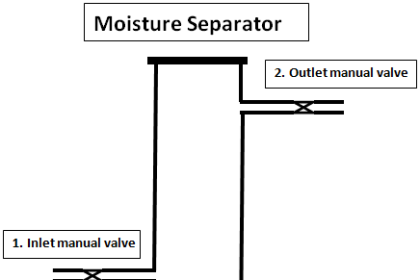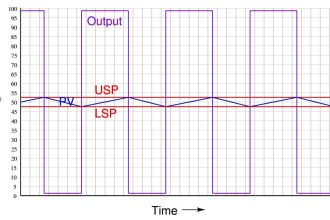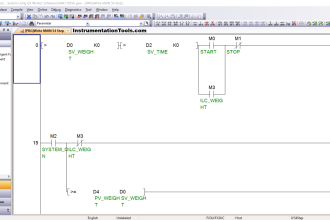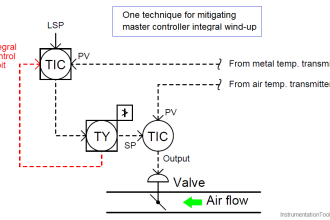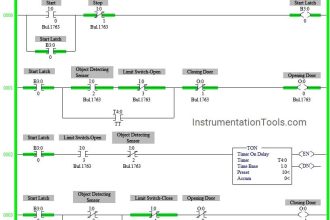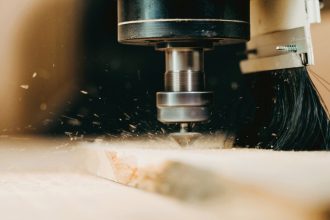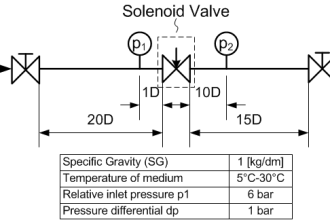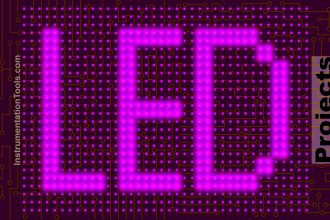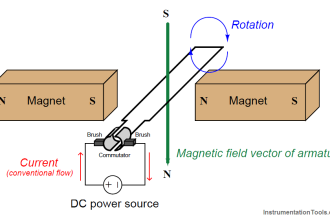In an industrial or domestic application, you require hot water for many purposes. Suppose you turn on a tap to get hot water and switch on the heater, you will not get hot water instantly. Time will be taken to heat the water initially for at least 2 minutes and then you will start to get hot water.
But, for that 2 minutes, you will waste water and also keep the heater on. This is a waste of water as well as electricity. So, there is a means by which this consumption can be reduced or eliminated. This system is called a hot water recirculation loop. In this post, we will see the concept of a hot water recirculation loop.
Hot Water Recirculation System
As the name defines, it is a system where hot water recirculates. The aim is to provide hot water continuously. So, this system will constantly loop the hot water and as soon as a demand arrives, the hot water will be supplied to that point instantly.
This is possible because as the water is circulating, temperature builds up even when there is no demand and it will reach a hot temperature after a certain period of time. So, even if there is no demand still, the heating action will stop and the water will just keep on circulating. This avoids the need for draining water unnecessarily and also saves power.
The main component of this system is a recirculating pump. We will see later in this post in the working of this system as to how this pump plays a very important role. Without this pump, the system cannot function.
Hot Water Recirculation System Design
Refer to the below image. The Hot Water Recirculation System starts with a water heater, followed by various fixtures or user points, a thermostat, a recirculating pump, and the return line going back to the heater.
The recirculating pump is located near the farthest user point from the heater or simply say the last point. Before that, a thermostat will monitor the temperature of the line.

Now, the system starts with water flowing from the water heater. The heater is controlled individually by its own temperature sensor for on and off. As the flow starts and reaches the various user points, it then reaches the last user point.
At that moment, the thermostat is continuously monitoring the temperature. If it is below the desired setpoint, then it will command the pump to start. The pump will instantly throw the water back to the heater through the return line. If the pump was not there, then the return line water must have reached slowly to the heater and this would have taken time to heat the water.
So, as the water starts flowing in the loop with the increase in temperature, the loop is executing properly. Now, when the setpoint is reached, the pump will turn off. Now, water will flow very slowly in the loop. Also, the temperature will be maintained.
Any drop in temperature due to the user opening the port or any other reason will result in the pump again starting. Due to this, hot water will be available to the user instantly and also, the water flow and temperature will be maintained throughout the cycle.
Some systems use a timer instead of a thermostat. So, whenever a time elapses, the pump remains on for a set time. After that time, it turns off and the cycle repeats. Timer setting requires proper engineering knowledge because any wrong setting can disrupt the performance of the system.
There is no need for the pump to remain on continuously. That is why it is controlled by either a thermostat or a timer. Running a pump continuously results in excess rise of temperature and wastage of electricity.
Advantages of hot water recirculation loop
- It saves a lot of water from being wasted because hot water is available to you instantly.
- It saves time for getting hot water and this saved time can be used for some other work.
- Because water is saved, treatment plants treating water also get less water and this results in saving of power there.
- Electricity consumption is reduced in this system as compared to traditional water heating systems.
In this way, we saw the concept of a hot water recirculation system.
Read Next:
- Process Air Compressor Overhauls
- Heat Exchanger Root Cause Analysis
- Mechanical Variable Speed Drives RCA
- Compressor Case Discharge Temperature
- TEFC Motors Rampant Winding Burnouts

